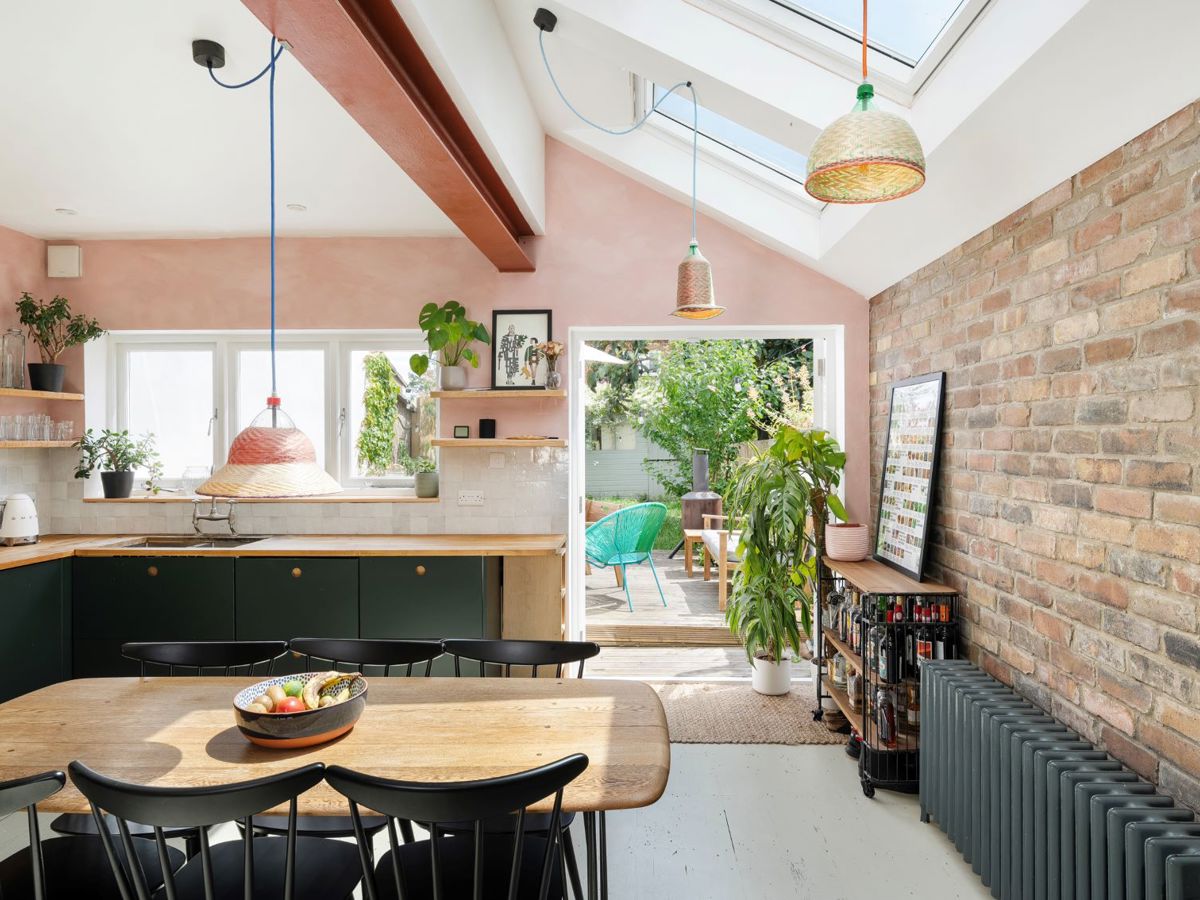Water vapour is produced in relatively large quantities from normal day to day activities, even just breathing, but in particular cooking and washing/drying clothes. Here are a few tips to help reduce excessive condensation.
• Use all of the radiators on a moderate heat, not just a few on maximum, reduce cold spots in the property and ensure it is pleasantly warm throughout.
• In modern homes, open the trickle vents at the top of double glazed windows.
• In older properties make sure the chimneys aren’t blocked.
• After a bath or shower, ventilate the room to the outside, not to the rest of the house – just opening the window and closing the door will help. If there isn’t a window then make sure the extractor fan is running, and close the door!
• Dry clothes outdoors if at all possible, or a cooler area of the property, it will take a little longer to dry but less condensation will occur.
• Whenever drying clothes, in whatever room, you must ventilate it, open the window a little.
• On rainy days if at all possible, let wet coats and shoes dry in the hallway with the door closed.
• When cooking food and boiling the kettle etc. ensure that your kitchen door is kept closed. And ensure that you cover your pans with a lid to reduce moisture being created.
• Also, make sure you are using an extractor hood or an extract fan is installed, these are designed to help reduce moisture created when cooking. Don’t turn it off as soon as you finish cooking, leave it on for 10-15 minutes to help to clear the humid air.
• Don’t overfill your wardrobes or kitchen cupboards. A lack of ventilation and air moisture trapped in warm overfilled cupboards can become a breeding ground for mould. You might notice a musty smell or clothes might have a damp feeling if the cupboard is overfilled.
• Make sure that your furniture is at least 50mm away from the surrounding walls so that air can circulate around the property. In bedrooms try to ensure that your wardrobes are placed against internal walls which will be less cold and less likely to cause damp and mould problems.
It is unlikely that your home can be completely condensation-free but it will be minimised by following these simple steps.
